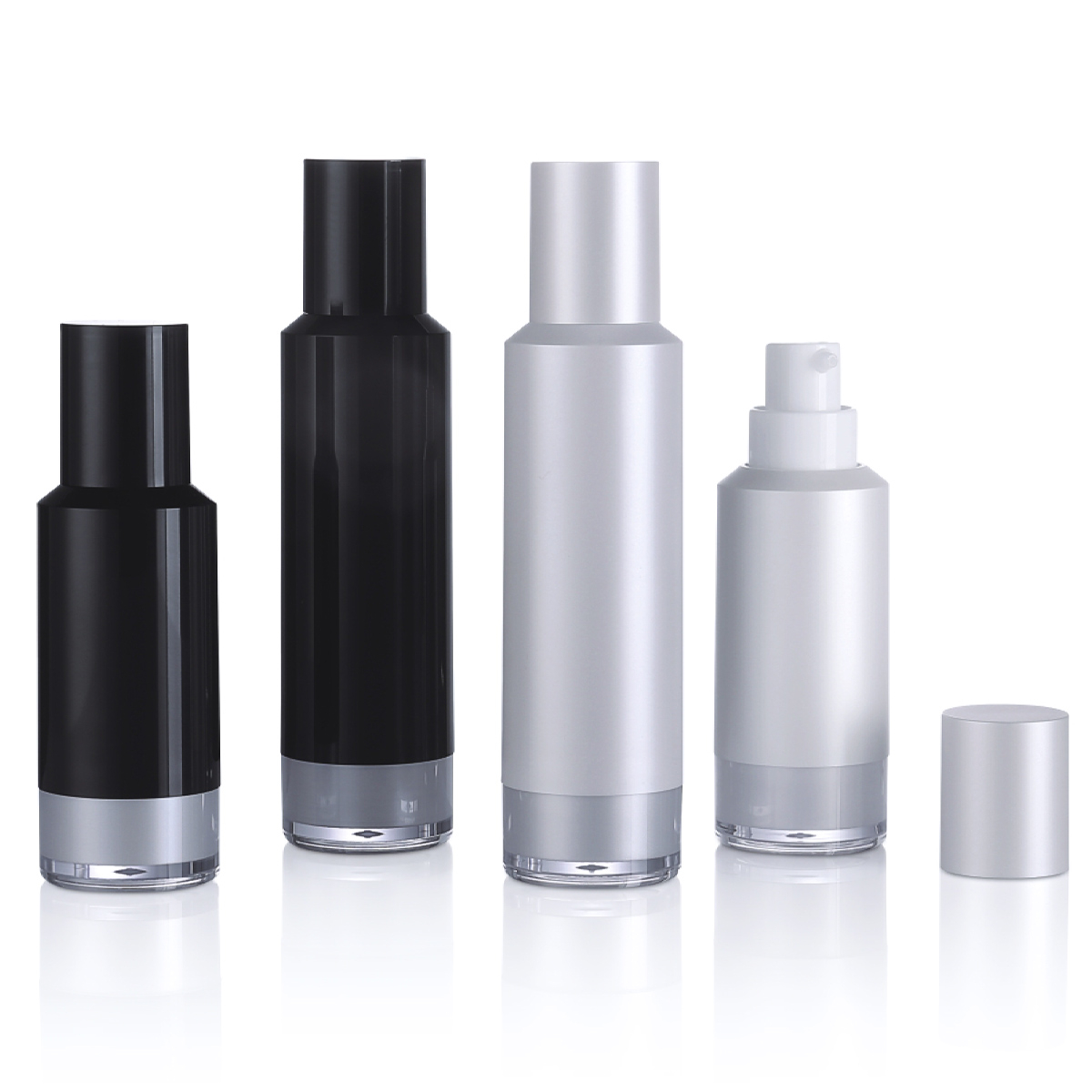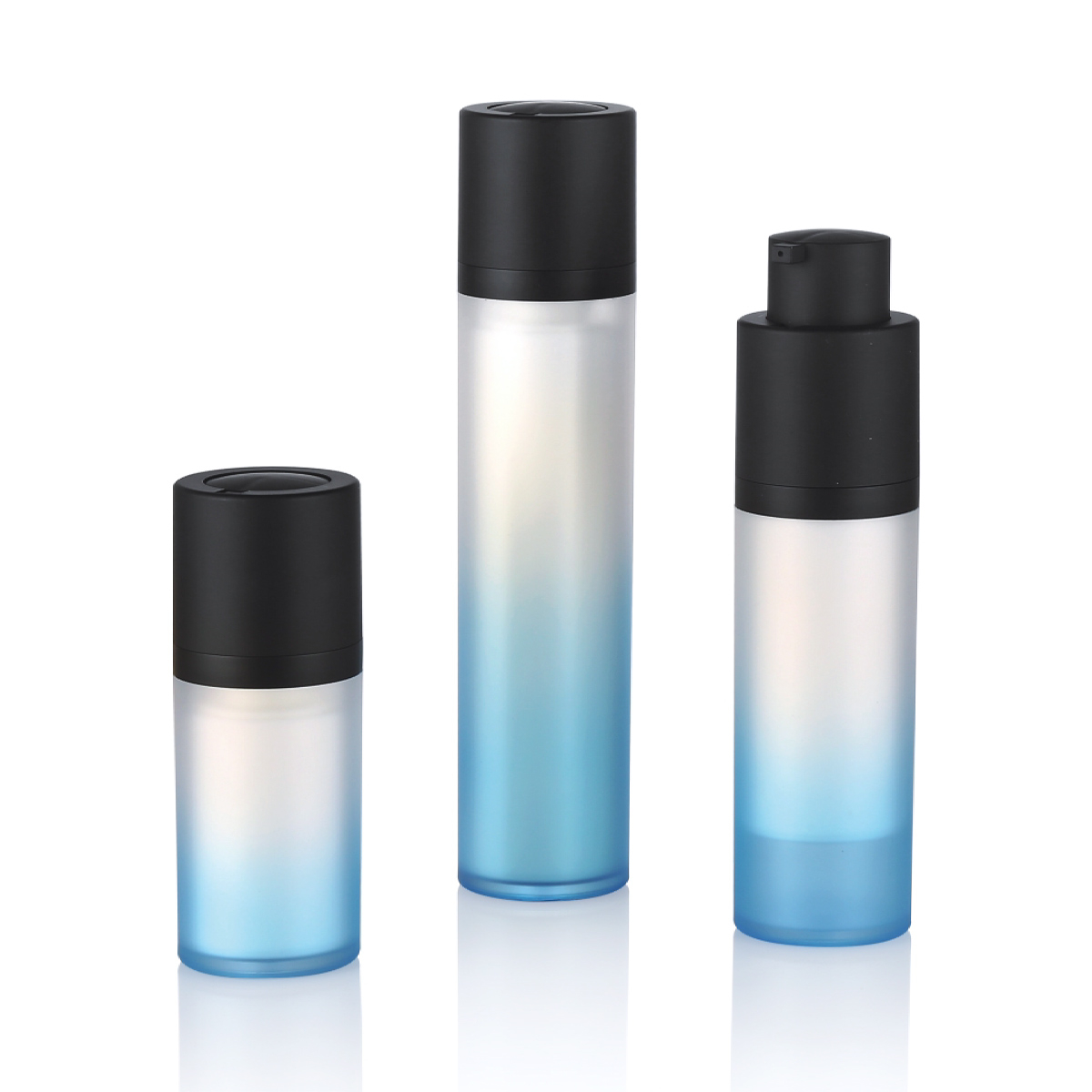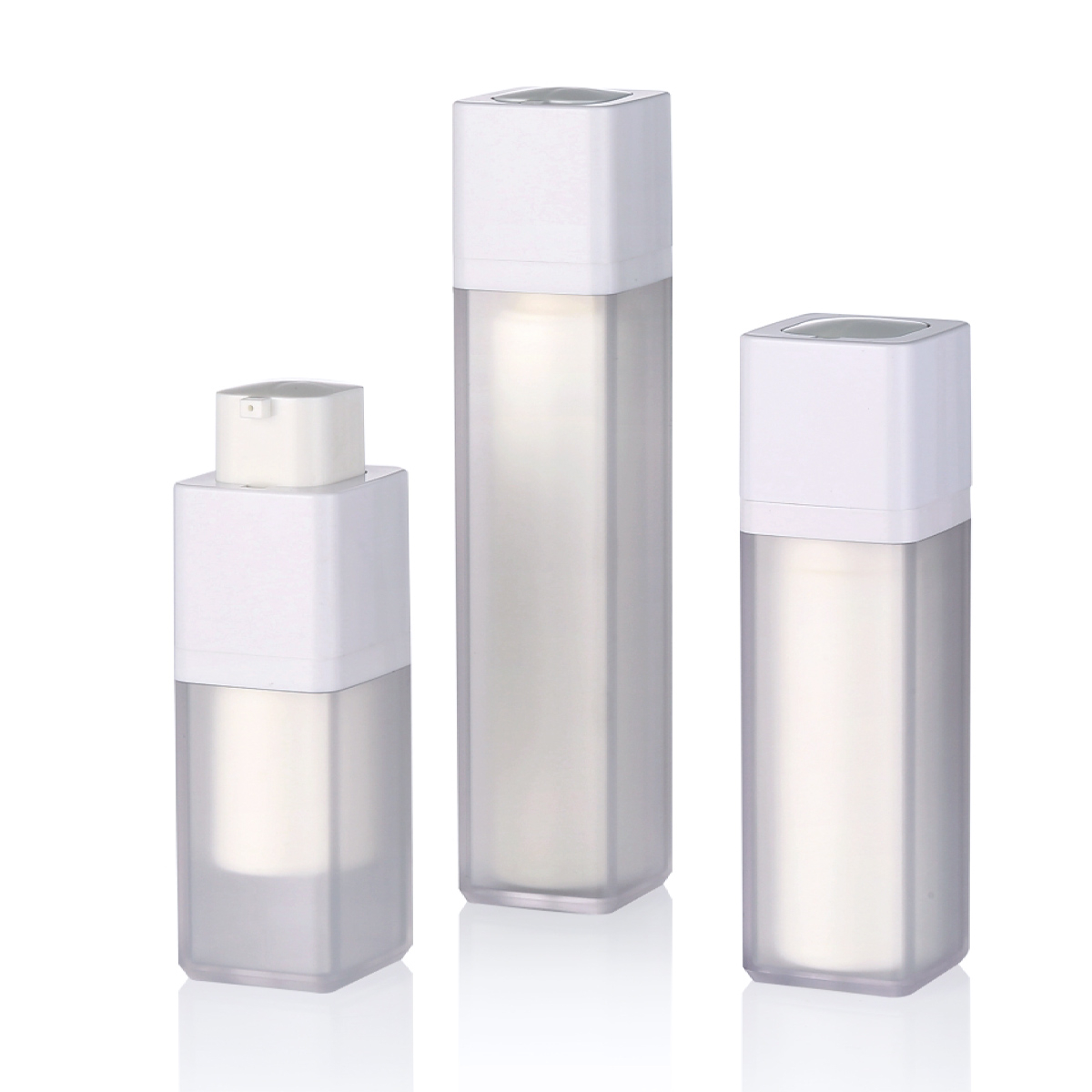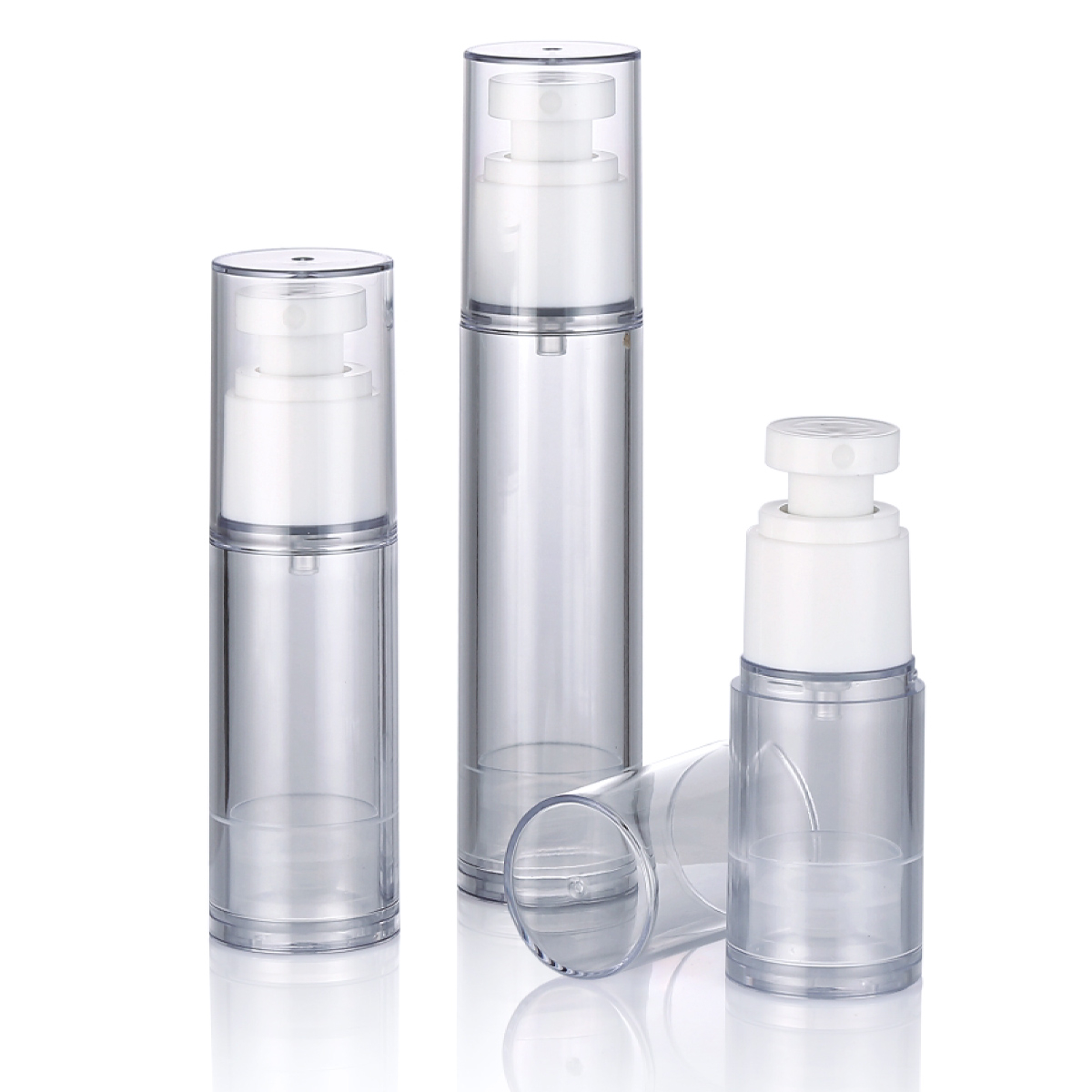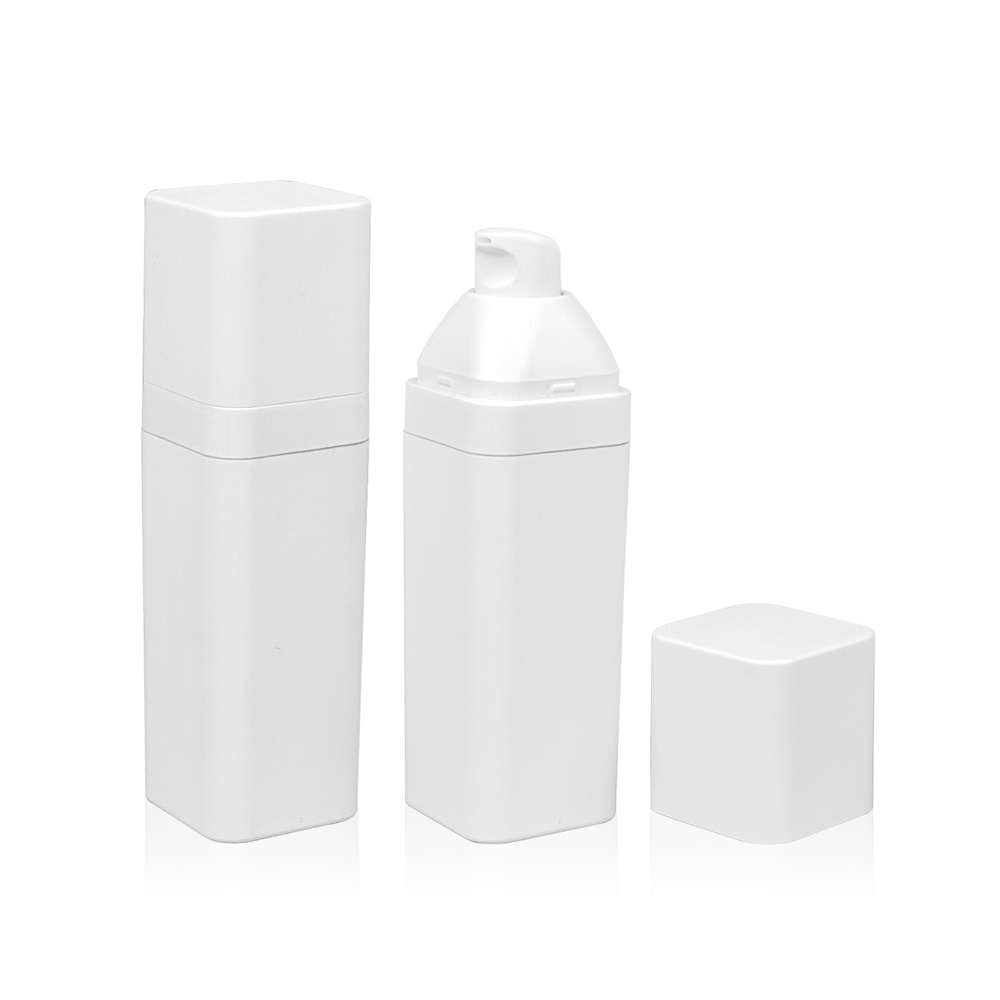The claim "100% air isolation" surrounding airless bottles is a common marketing message in cosmetics packaging. While airless technology represents a significant leap forward in product preservation, achieving absolute, perfect, 100% isolation from atmospheric air is a physical and practical impossibility. Understanding the mechanics and limitations is crucial for formulators, brands, and informed consumers seeking optimal shelf life.
How Airless Bottles Function:
Traditional pump or jar packaging exposes product to air with each use, accelerating oxidation and microbial contamination. Airless bottles operate on a fundamentally different principle:
- Sealed Container: The product resides within a flexible, collapsible inner bag, typically made of plastic or laminated material.
- One-Way Pump: The dispensing pump sits atop this sealed inner reservoir.
- Vacuum-Driven Dispensing: When the pump is depressed, a vacuum is created. Instead of drawing air into the container (like traditional pumps), this vacuum causes the inner bag to collapse upwards.
- Product Displacement: As the inner bag collapses, the product is pushed upwards and dispensed through the pump outlet.
- Air Exclusion: Critically, outside air does not enter the inner reservoir to replace the dispensed product. The collapsing bag occupies the space vacated by the product.
The Significant Advantages (Why They Are Excellent, But Not Perfect):
This design offers substantial protective benefits compared to traditional packaging:
- Dramatically Reduced Oxidation: Minimal air contact significantly slows down the degradation of active ingredients (Vitamins C, A, retinol), antioxidants, and oils susceptible to oxidation, preserving efficacy longer.
- Reduced Contamination Risk: The absence of significant air intake drastically lowers the chance of airborne bacteria or fungi entering the product reservoir during use.
- Reduced Preservative Demand: While preservatives are still essential, the reduced contamination risk can sometimes allow for lower concentrations or broader preservative options.
- Minimized Product Waste: The collapsing bag design allows near-complete evacuation of the product.
- Protection from Physical Contamination: Fingers don't dip into the product.
- Dispensing Control.
Why "100% Air Isolation" is Scientifically Unattainable:
Despite these advantages, claiming perfect 100% isolation is inaccurate due to several inherent factors:
- Permeability of Materials: The materials used for the inner bag and bottle body, while highly engineered, are not perfectly impermeable barriers over time. All plastics allow minute amounts of gases, including oxygen (O2) and carbon dioxide (CO2), to permeate through them. The rate depends on material composition, thickness, and environmental conditions (temperature, humidity). While extremely low, this permeability means some air molecules will eventually diffuse through the walls. High-barrier laminates minimize but do not eliminate this.
- Initial Headspace & Fill Precision: When manufactured, a tiny amount of air (headspace) remains trapped between the product and the top of the bag/pump mechanism. While modern filling lines minimize this, it's impossible to achieve a perfect vacuum fill with absolutely zero air molecules present initially. This trapped air, though minimal, is present within the sealed reservoir.
- Microscopic Leaks & Seals: The seals between the inner bag, the bottle body, and the pump assembly must be exceptionally precise. While designed to be hermetic, absolute perfection over millions of units and throughout product lifespan under varying pressures and temperatures is unachievable. Microscopic imperfections or potential stress points could theoretically allow minuscule air ingress over extended periods, though this is far less significant than permeability.
- Pump Mechanism Complexity: The pump itself is a complex assembly of springs, valves, and seals. While designed to prevent backflow, the potential for extremely minimal air exchange at the pump head due to valve seating or microscopic channels exists, though significantly less than traditional pumps.
Measuring Effectiveness: The Real-World Standard
Instead of "100%," the efficacy of airless bottles is evaluated through rigorous testing:
- Accelerated Stability Testing: Products are subjected to elevated temperatures and humidity. Airless-packaged products consistently show significantly slower degradation rates for oxygen-sensitive ingredients compared to jars or standard pumps.
- Challenge Testing: Products are inoculated with microorganisms; airless bottles demonstrate superior containment and reduced microbial growth potential due to limited air exposure.
- Permeation Rate Testing: Specialized labs measure the Oxygen Transmission Rate (OTR) of packaging materials and assembled containers. Premium airless bottles achieve exceptionally low OTR values (e.g., <0.01 cc/pkg/day), indicating superior but not absolute barrier properties.
- Real-Time Stability: Long-term storage under normal conditions confirms extended shelf life and ingredient stability.
Airless bottle technology offers a vastly superior level of protection against air exposure compared to almost all other standard cosmetic dispensing systems. They effectively minimize oxidation, contamination risk, and product waste to a remarkable degree, significantly extending the functional shelf life and preserving the potency of sensitive formulations.
However, the laws of physics and material science impose limitations. Material permeability, inevitable initial headspace, and the practical realities of manufacturing seals mean claiming "100% air isolation" is scientifically incorrect and sets unrealistic expectations. They provide near-complete or extremely high-level isolation, making them an excellent choice for preserving valuable cosmetic products, but absolute perfection remains an unattainable ideal. Understanding this allows for informed choices regarding formulation stability and realistic marketing claims.

 English
English 中文简体
中文简体 Español
Español عربى
عربى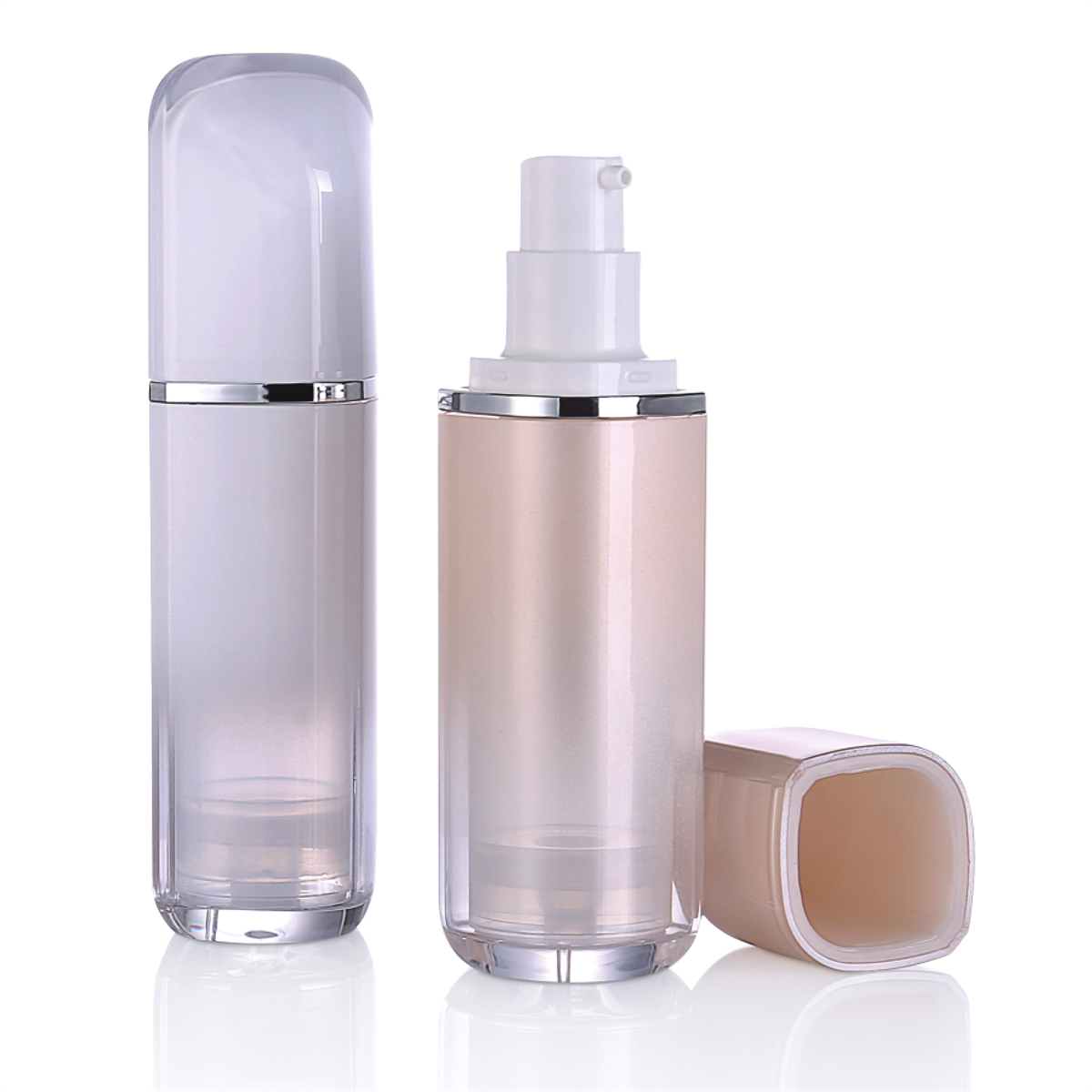
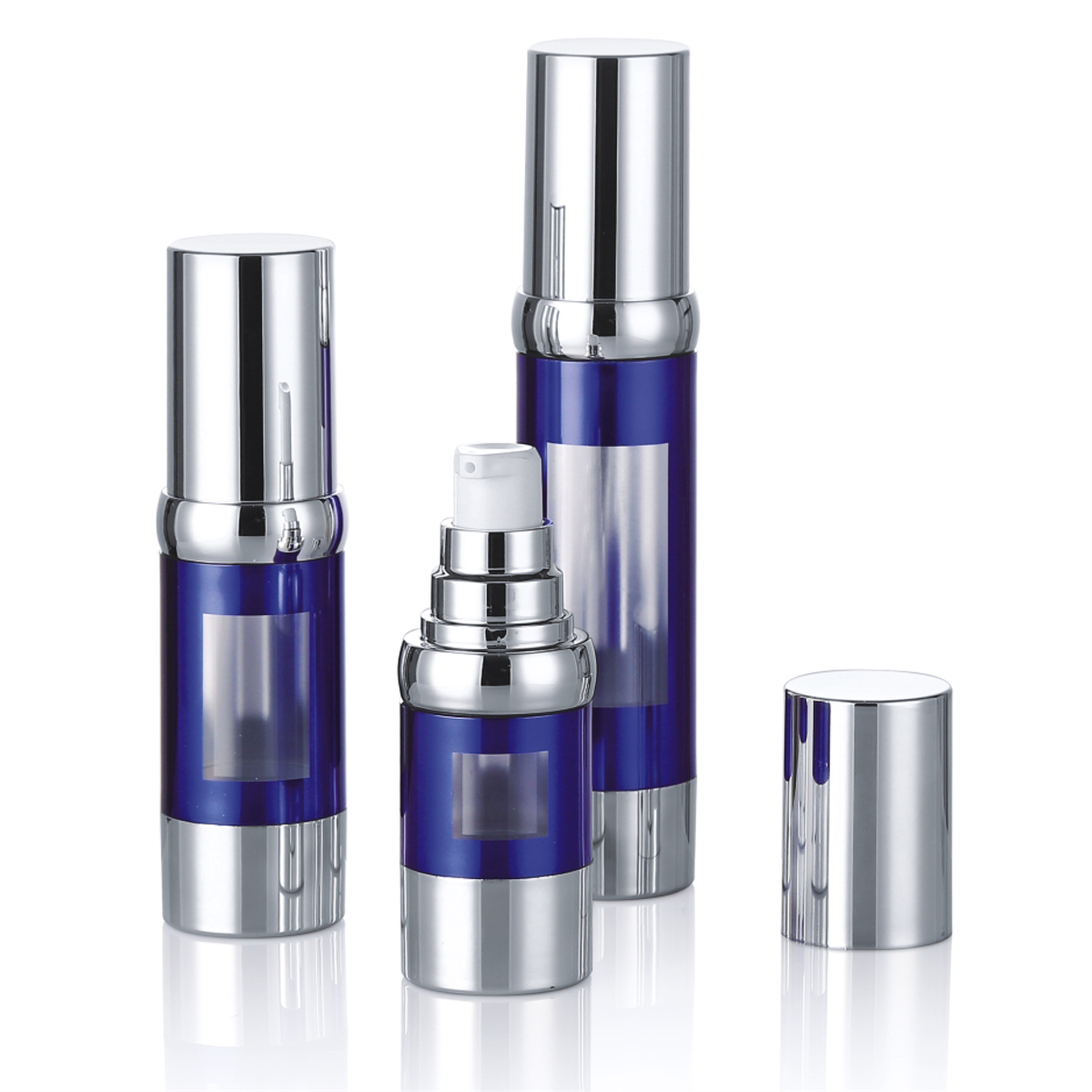
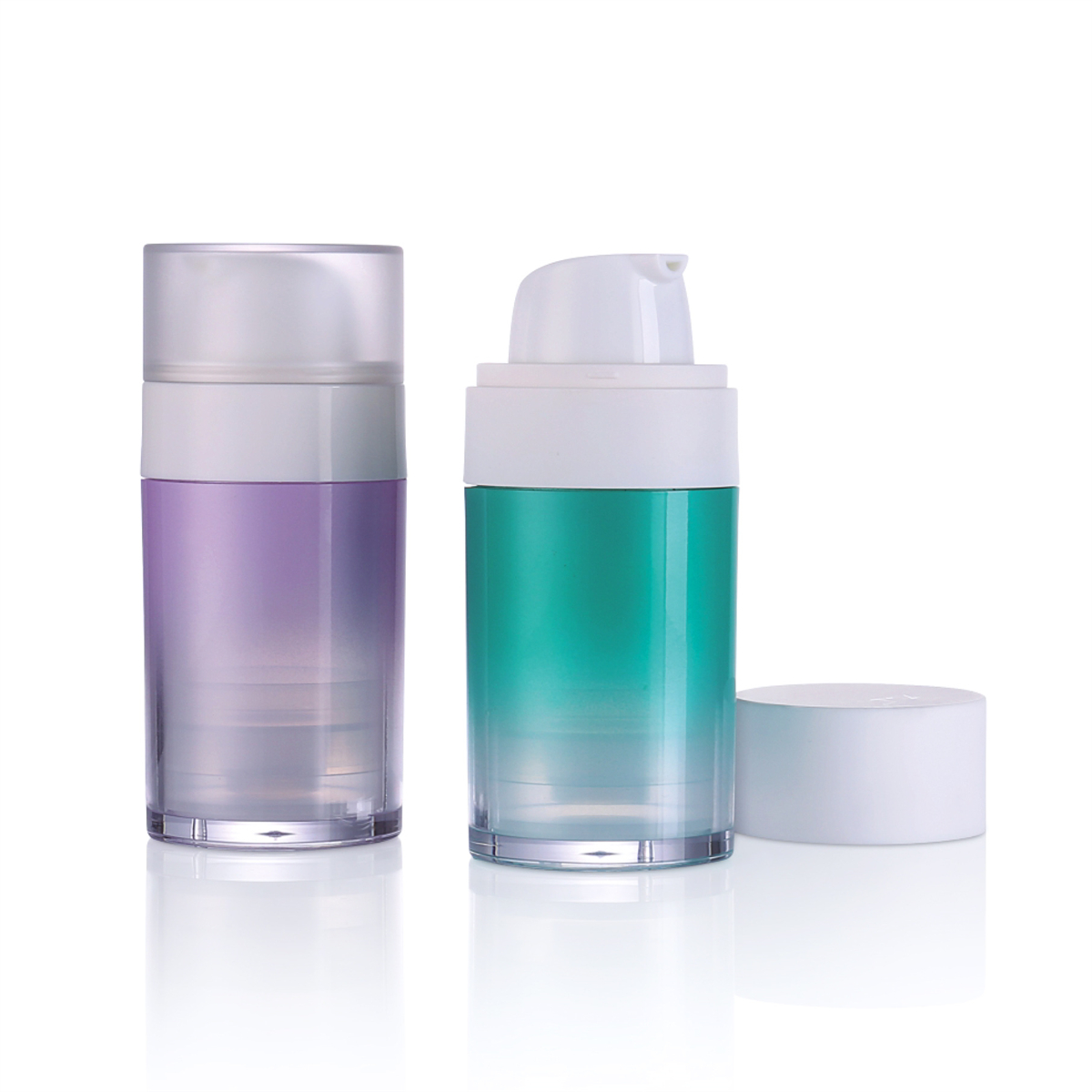

.jpg)
